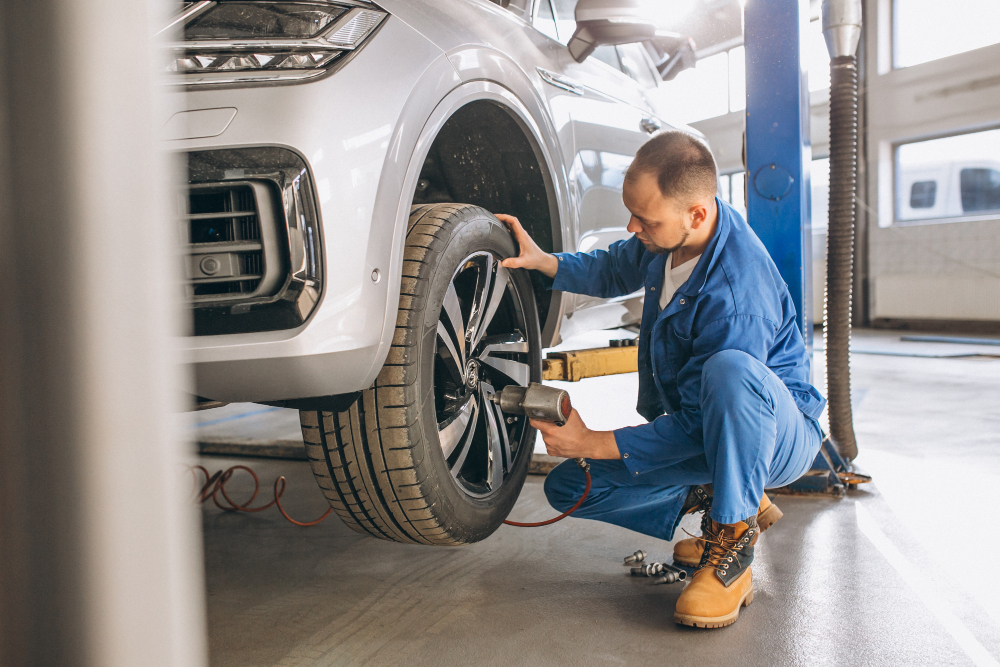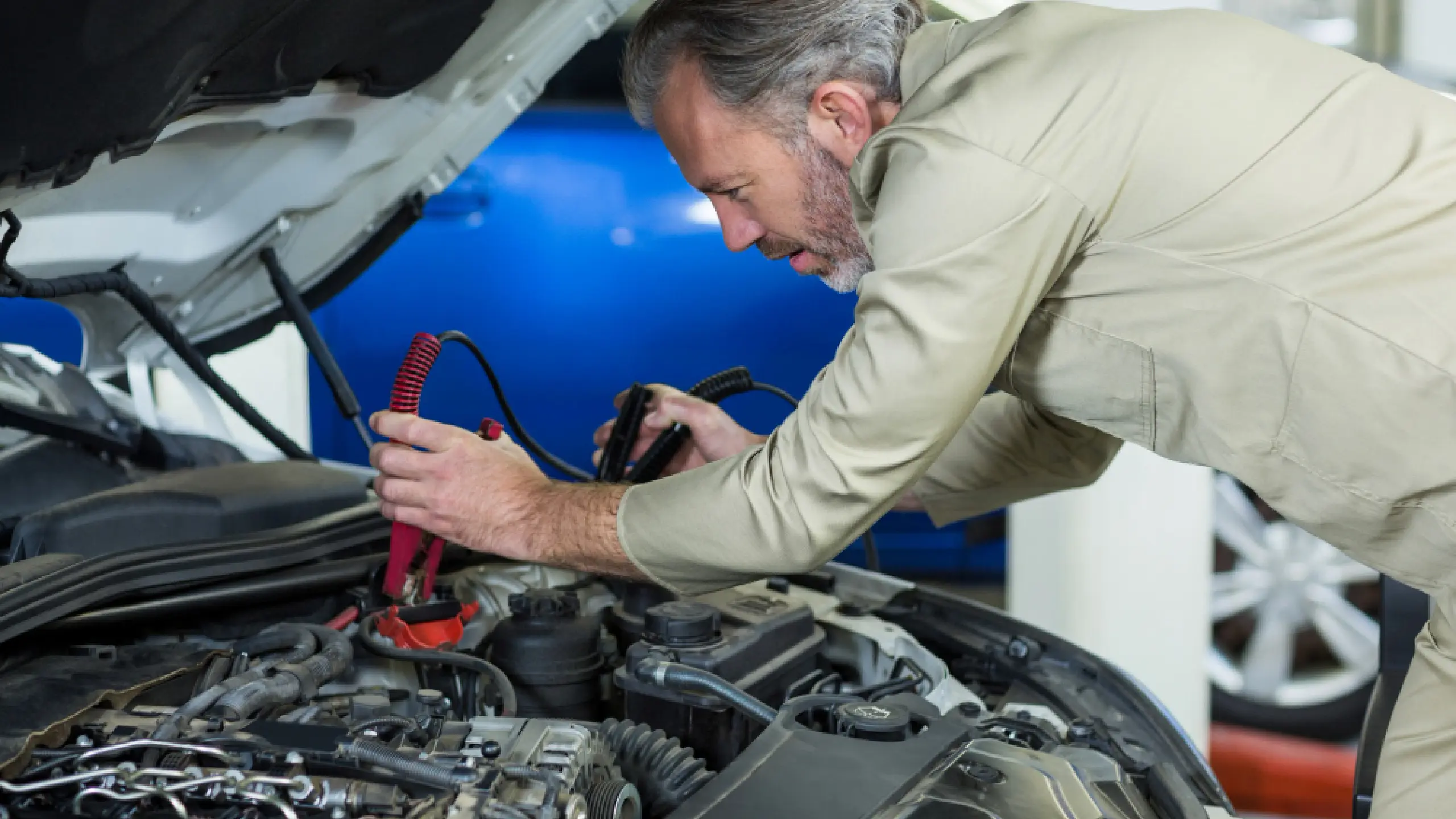If you are a car owner, you must know that the list of car maintenance expenses is never-ending. Buying a car is a significant investment, and that is why every car owner wants to ensure that they get much value out of their money. It can be possible by practicing proper car maintenance and avoiding mistakes. All vehicles require regular maintenance to work optimally. When it comes to maintaining a vehicle, people used to go by rules and suggestions they heard from others years ago and do not even bother to look into details. But things become worse when problems are fixed improperly. To do proper car maintenance, it is essential to understand the issue and take proper steps to fix it.
In this article, we will describe 10 common car maintenance mistakes and help you find ways to avoid them. So keep reading; we will cover everything you need to know.
10 Common Supercar Maintenance Mistakes
1. Forgetting Recommended Oil Changes
There is great controversy about how often you should get an oil change. Some people say you need it every 3000 miles, while others say 5,000, and others say you should do it according to your car’s manual.
However, one thing is certain: it is essential to get oil changes regularly. When you miss these oil changes, it may not cause an irreparable change, but in a short time, you will start seeing signs of wear and tear in your engine.
Motor oil has a lot of functions and benefits for your engine and your car’s overall performance. One crucial function is lubricating many parts that keep your car moving. When you skip an oil change, the motor oil in your vehicle loses its effectiveness, and parts of the vehicle are not lubricated properly. It ultimately increases friction, and these parts do not [move at the speed that is required.
Moreover, automobile oil helps regulate the temperature of your engine. If you do not change it regularly, your car engine may heat sooner than it should. It is best to stick to the manufacturer’s recommendations for oil change. But for older vehicles, you must look for signs such as oil leaks and consult with your mechanic to find out what they say about it.
2. Skipping Car Wash
It is essential to maintain a car’s exterior and interior. People may have different behaviors regarding car washing. Some make it a priority to wash their car at least once a week, while others do not get it washed until it is covered in dirt.
No matter what you think about car washing, it is necessary to get it washed regularly.
Regular car washing has numerous benefits, such as avoiding damage from dirt, mud, and rain. You may not notice that these things can damage your car’s paint and appearance. With regular car washing, you can quickly get rid of these impurities. If you don’t wash your car regularly, your car mirrors, tires, and windows may accumulate debris over time. But car washes to ensure that these areas do not get dirty and that you can drive safely.
In addition, a regular car wash also prevents scratches, rust, and dull paint. You may not care how your car looks now, but you want to sell it, and a regular car wash is a great way to keep it in good condition until then.
3. Performing DIY Repairs
Some car maintenance practices are easy to do yourself, such as filling air in tires, but when it comes to complex repairs, it is always essential to take the car to the mechanic.
If you have some experience in this field, you may feel comfortable repairing it by yourself, but if you do it just to save money, it may lead to more complex issues. Working on car repairs without any experience ultimately leads to costly repairs later. Cars are complex machines created with a mix of electrical and mechanical engineering. Without experience, you may cause damage to your vehicle or even hurt yourself. If you want to save on repairs, always consult an experienced and reputable mechanic.
4. Unaware of How To Spot Low Battery
Although a warning light on your dashboard usually alerts you that your car’s battery is low, it is not a foolproof way to check its health. Numerous other signs indicate whether your car battery is in good health or not. The most significant indicator is that your car takes longer to start. It is the earliest sign that shows that your car battery is nearing the end of its life.
You need to be careful if you find it challenging to start your car or if it takes longer than usual. Another thing that you can notice is that the car’s electricity starts malfunctioning when you are driving the car. When you notice these signs, take your car for a battery replacement as soon as possible. If you ignore these signs for a longer time, there is a chance you will be stranded in the middle of the road.
5. Not Having Wheels Aligned

When a mechanic installs new tires, they align the wheels to ensure they point straight ahead and meet the manufacturer’s specifications. However, hitting a curb or pothole can knock a wheel out of alignment. If your steering wheel is crooked while driving straight or your car pulls to one side, it’s time to check your wheel alignment.
Driving with misaligned wheels causes your tires to wear out faster and makes steering more difficult. Proper wheel alignment enhances driving stability, extends tire life, and improves your car’s overall handling performance.
6. Ignoring Warning Lights
One important tip for all call owners is to know the meaning of lights on your dashboard. Some indicate advisory warning lights, while others indicate that severe issues with your car require urgent attention. Understanding what your car is telling you is the first step, but if there is a warning light that indicates a minor issue, it is to get it checked because some standard warning lights can mean a variety of things.
It may not be easy to determine the exact problem, so it’s always better to get the car checked out. We suggest you learn about dashboard lights to find the issue and fix it on time.
7. Guessing At Tire Pressure
The average recommended tire pressure for a car is between 30 and 35 pounds per square inch. But it is advisable to never guess—check.
You can find correct tire pressure for your car easily in the manufacturer’s manual, inside the fuel filler door, or inside the door jamb.
If you use incorrect pressure, it may lead to tire failure, shorten tire life, or cause steering problems. It can also increase the chance of an accident. So, it is essential to know your car’s correct tire pressure and keep it maintained.
8. Skipping Checkups

Most auto mechanics offer two types of car inspections. One is a quick visual inspection of the engine, lights, and other parts, and many mechanics conduct such inspections for free during regular oil changes.
The second inspection is a thorough one. It is suggested that you get such an inspection every ten thousand miles or so. It is also good to thoroughly inspect your car before going on a long trip.
In a thorough checkup, your mechanic may pull out the spark plugs or pull the wheels off to get a detailed view of the vehicle. Such an inspection of almost every part of your vehicle’s well-being. It is always better to ask your mechanic which type of inspection you should get. The most important things your mechanic should check in inspections include the brakes, transmission, fluid levels, lights, and engine.
9. Not Servicing Your Car Brakes
Your car brakes are an essential part in terms of safety and control. They allow you to stop or slow down and avoid collisions. If you do not service your car brakes, it may end up with squeaky, worn, or faulty brakes. Moreover, it can reduce the braking power of your car, stability, and responsiveness. When you do not keep your car brakes well maintained it will ultimately lead to brake failure. To avoid such issues, you must service your car’s brakes every 10,000 to 15,000 miles or more often when you notice any signs of problems such as vibration, noise, or warning lights. Furthermore, you need to change your car’s brake pads, fluids, or rotors depending on your car usage and condition.
10. Not Checking Coolants
Most modern cars do not require coolant replacement outside of regular servicing but if you keep an eye on coolant levels, it will help in preventing repairs from leaks. The process of checking engine coolant is simple: locate the engine bay’s expansion tank and ensure the coolant level is between minimum and maximum lines. If it does, no further action is needed. For added peace of mind, inspect the hoses attached to the tank, and if they show signs of leaks or staining, it is wise to replace them.
Conclusion- Supercar Maintenance Mistakes
Proper maintenance is vital to keeping your supercar in top condition. It helps avoid costly repairs and maximize performance. If you are aware of common maintenance mistakes and take the proper precautions, you can extend your car’s life, ensure safety on the road, and enjoy a smoother driving experience. We have explained the expected car maintenance mistakes. Stay proactive, follow the manufacturer’s recommendations, and consult a trusted mechanic. With attention to detail and care, your supercar will perform at its best and retain its value for years.
Read More: Best of Italy Tour 2023
Read More: How long does a car wrap last?









